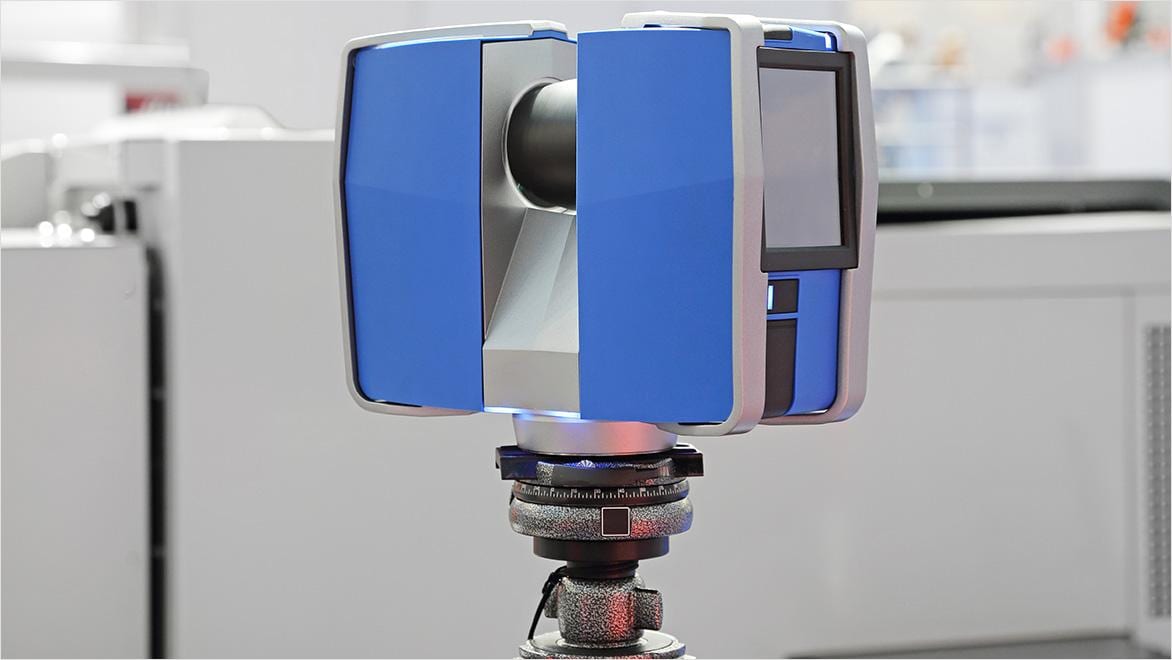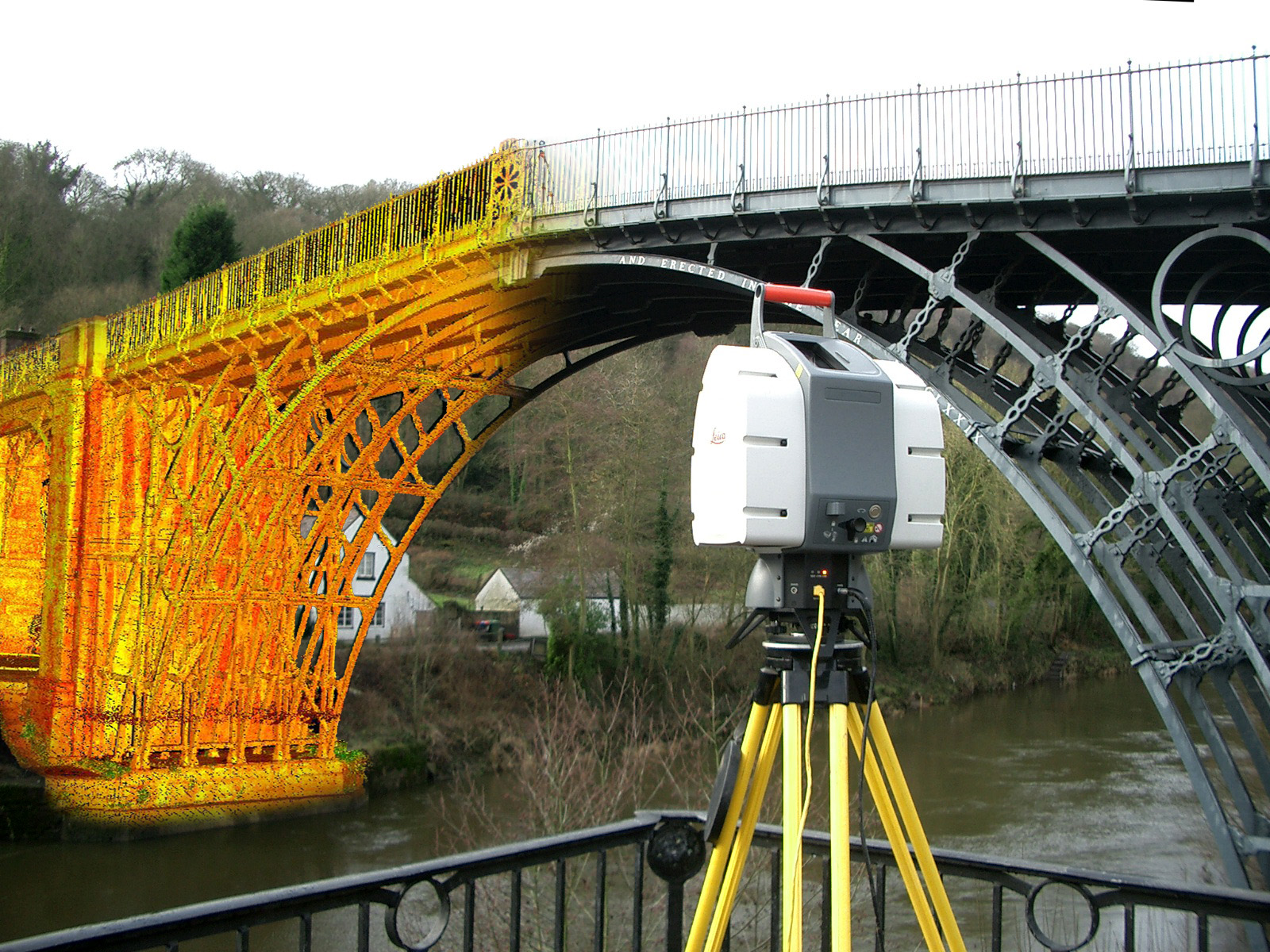Most Common Mistakes to Avoid When Using 3D Scanning
Wiki Article
How 3D Laser Scanning Transforms Architectural Layout and Building And Construction Projects
3D laser scanning is changing the landscape of architectural style and building. This innovation supplies unequaled precision in capturing existing atmospheres, which promotes far better task planning and implementation. It reduces errors while enhancing performance in various stages of advancement. The effects for collaboration among architects, engineers, and other stakeholders are substantial. These advancements open the door to new design opportunities and cutting-edge solutions. What lies ahead for this progressing modern technology?The Principles of 3D Laser Scanning Modern Technology
Although 3D laser scanning innovation might appear facility, its core concepts are simple and transformative for building layout. This technology employs laser light beams to capture precise measurements of physical frameworks, producing an in-depth point cloud that stands for the scanned environment. A laser scanner discharges rapid pulses of light, measuring the moment it considers the light to return, which permits the estimation of distances with impressive precision.The resulting point cloud can be transformed right into a 3D version, giving architects with important aesthetic information. This design enables specialists to manipulate and evaluate layout aspects within their projects, enabling innovative remedies and improved visualization. By employing 3D laser scanning, architects can much better comprehend the existing problems of a site, guaranteeing that brand-new designs harmonize with their surroundings. This assimilation of innovation into building style notes a substantial improvement, cultivating imagination and accuracy in the area.

Enhancing Accuracy and Performance in Architectural Projects
As architectural tasks significantly require accuracy and rate, 3D laser scanning becomes a critical device in boosting both precision and effectiveness. This technology catches countless data points in a short timeframe, producing in-depth and specific 3D designs of existing structures. The ability to acquire accurate measurements reduces the risk of errors throughout the style phase, allowing architects to visualize their jobs with unrivaled clarity.The fast data collection procedure decreases the time invested on-site, allowing teams to concentrate on analysis and design renovations. With real-time data accessibility, modifications can be made quickly, promoting an extra structured operations. The assimilation of 3D laser scanning right into building methods not only boosts dimension precision however also boosts the total job timeline, facilitating quicker decision-making. In a market where precision is crucial, this technology stands as a transformative force, raising the standards of architectural layout and building jobs.
Streamlining Collaboration Among Stakeholders
While standard architectural procedures usually include fragmented interaction among stakeholders, 3D laser scanning fosters an extra cohesive collective environment. By providing precise, high-resolution information, this modern technology enables engineers, clients, engineers, and service providers to run from a unified point of recommendation. The thorough visualizations generated with laser scanning remove ambiguities and false impressions, guaranteeing that all celebrations have accessibility to the same details.This transparency boosts decision-making and motivates prompt comments, as stakeholders can easily visualize design aspects and spatial connections. In addition, the assimilation of 3D scanning information right into Building Info Modeling (BIM) platforms further improves collaboration, enabling real-time updates and alterations. Such seamless communication not just minimizes disputes yet also speeds up job timelines, as all stakeholders remain lined up throughout the design and construction stages. Ultimately, 3D laser scanning transforms traditional workflows right into a more joint and reliable procedure, profiting all events included.
Unlocking Innovative Possibilities in Style
By enabling engineers to picture intricate elaborate details and spatial relationships, 3D laser scanning exposes creative possibilities in design. This modern technology enables exact mapping of existing atmospheres, making it possible for engineers to check out innovative ideas that might have previously appeared not practical. With highly exact data, designers can trying out unusual forms and products, pushing the limits of standard style.In addition, the integration of 3D laser scanning into the layout process fosters cooperation Learn More amongst multidisciplinary groups, encouraging the exchange of ideas and enhancing creative thinking. The in-depth visualizations produced by this innovation not just help in recognizing possible layout challenges yet also influence solutions that may not have been taken into consideration. Therefore, architects can produce a lot more vibrant and interesting spaces that resonate with users while meeting functional requirements. Ultimately, 3D laser scanning transforms the architectural landscape, empowering designers to realize their visions with unmatched accuracy and imagination.
The Future of 3D Laser Scanning in Architecture and Construction
The integration of 3D laser scanning right into building layout not just boosts creativity yet additionally sets the stage for its evolving role in the future of style and building and construction. As innovation breakthroughs, the precision and performance of laser scanning will certainly remain to boost, making it possible for designers and builders to produce extra complex designs with precision - 3D Scanning. Making use of this modern technology in real-time data collection will assist in far better decision-making, lowering errors and streamlining operationsFuture applications might include virtual and enhanced reality combinations, allowing stakeholders to picture jobs in immersive settings. In addition, as sustainability comes to be a priority, 3D laser scanning will certainly support the site link growth of energy-efficient layouts by providing thorough understandings into existing frameworks. As partnership among various self-controls ends up being more vital, the ability to share accurate 3D models will certainly foster development and boost project outcomes. Ultimately, 3D laser scanning will certainly redefine criteria in architectural design and building methods.
Often Asked Inquiries
What Is the Expense of Carrying Out 3D Laser Scanning Innovation?

Exactly how Long Does a Typical 3D Laser Scanning Project Take?
A regular 3D laser scanning project can take anywhere from a few hours to several days, depending upon variables such as the task's dimension, intricacy, and the level of detail required for accurate information capture.What Sorts Of Projects Benefit A Lot Of From 3D Laser Scanning?
3D laser scanning benefits different projects, specifically massive constructions, historical restorations, and complicated remodellings. It improves accuracy in dimensions, decreases errors, and provides comprehensive information essential for effective preparation and implementation in building design and building.
Exist Particular Software Application Programs Required for 3D Laser Scans?
Yes, details software programs are important for refining 3D laser scans. 3D Scanning. Popular options consist of Autodesk Wrap-up, Faro Scene, and Leica Cyclone, each offering distinct features customized for picturing visit homepage and evaluating scanned information successfully in various tasksExactly How Does 3D Laser Scanning Impact Environmental Sustainability in Building And Construction?
3D laser scanning improves ecological sustainability in building and construction by reducing product waste, allowing precise dimensions, and promoting reliable resource use. This innovation permits for much better planning, reducing the eco-friendly footprint of building and construction projects through boosted precision and efficiency.3D laser scanning is changing the landscape of building style and building and construction. 3D laser scanning modern technology might appear complicated, its core principles are uncomplicated and transformative for architectural design. By making it possible for architects to imagine intricate intricate information and spatial relationships, 3D laser scanning reveals innovative possibilities in layout. The assimilation of 3D laser scanning into the style procedure cultivates collaboration amongst multidisciplinary teams, urging the exchange of concepts and improving creativity. The assimilation of 3D laser scanning into architectural layout not just boosts creativity but likewise sets the stage for its advancing role in the future of design and building.
Report this wiki page